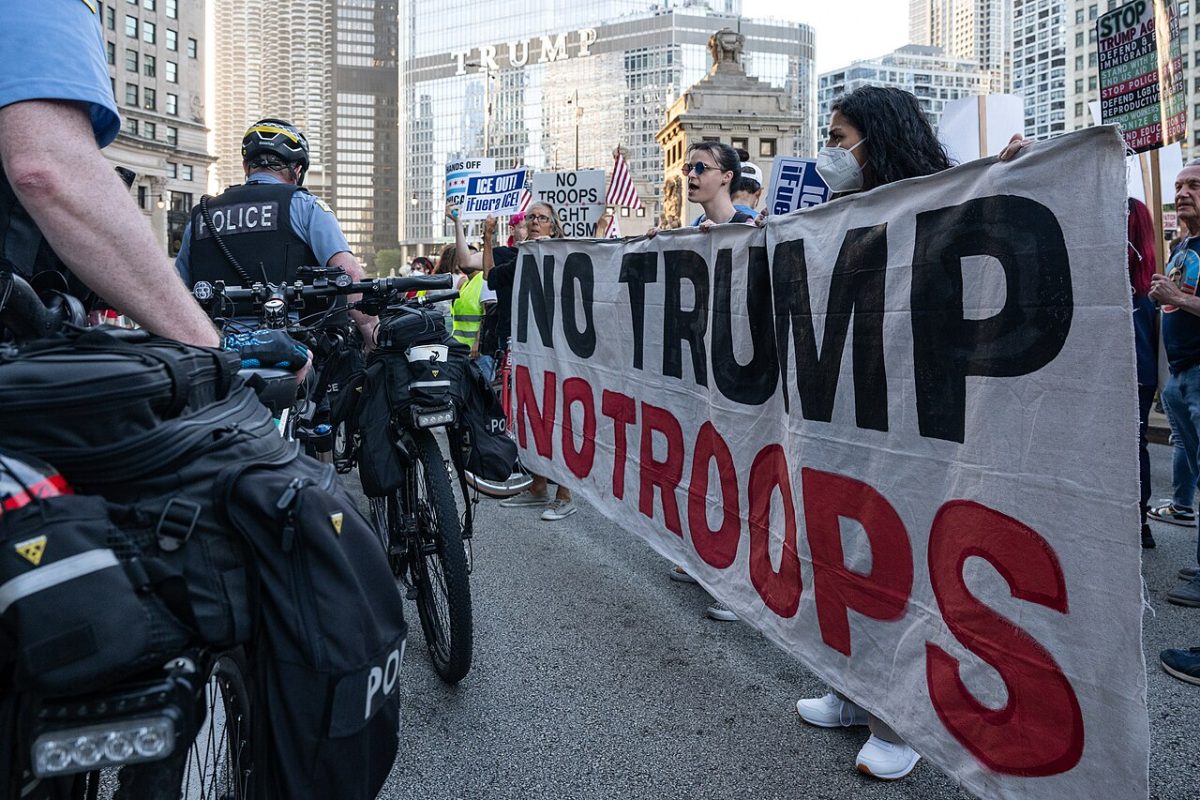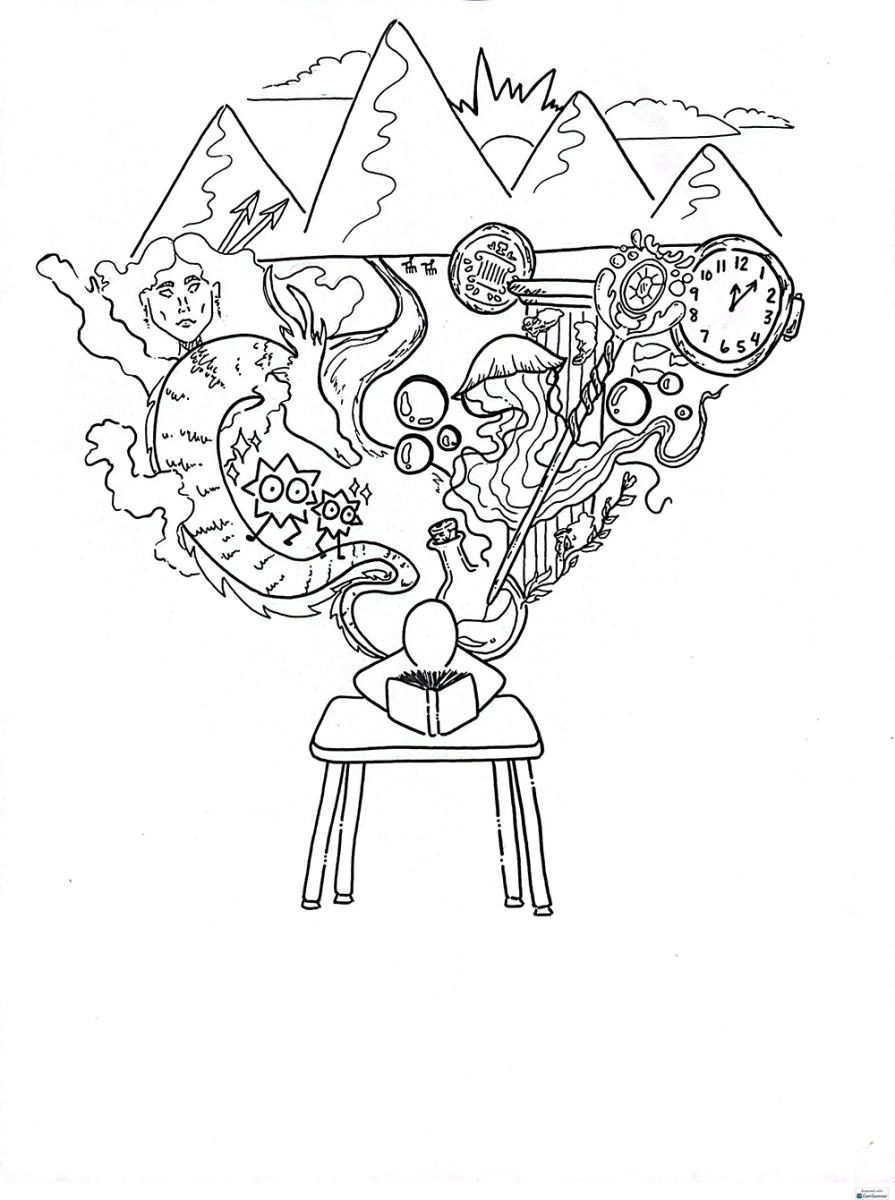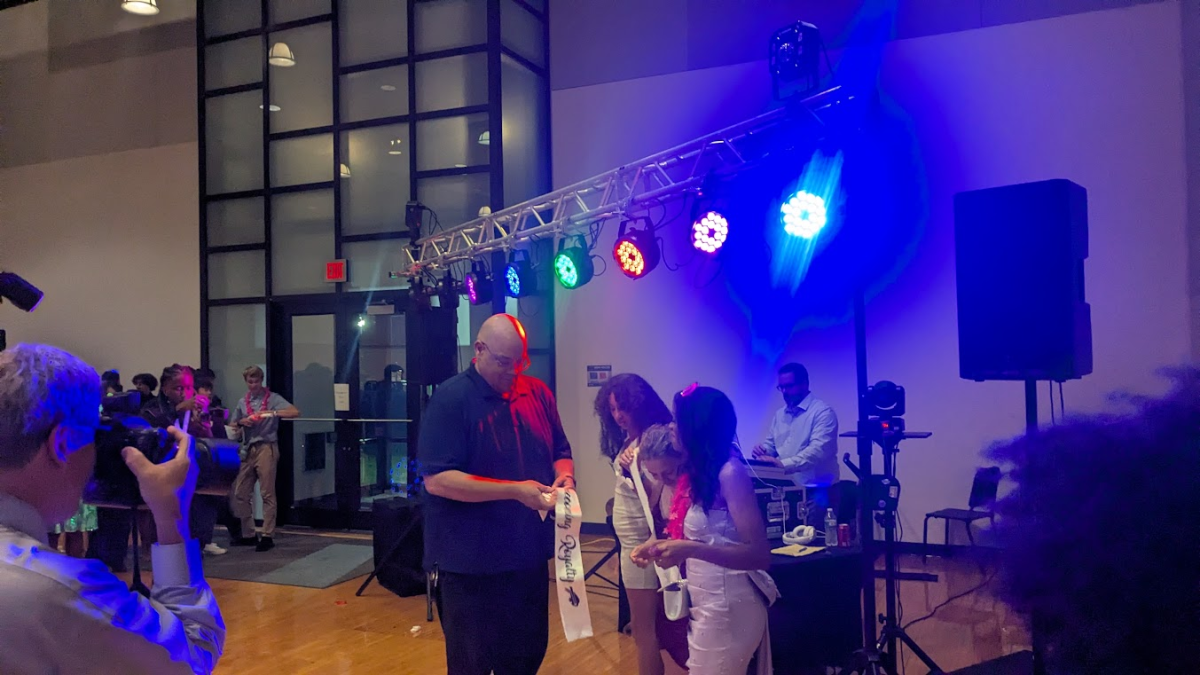Social media can be used in many ways, such as staying in contact with that uncle who only appears around the holidays or that long-lost friend from first grade with whom we might never otherwise reconnect.
Social media is a double-edged sword. It can be used to strengthen relationships or break them. It has aided in revolutions and has exposed political corruption. It can be used effectively and produce world changes, or it can be used incorrectly and lead to undesirable consequences. But, of course, 99% of people would prefer to use it to stalk… or “gain information” about their enemies/opponents/exes and the like.
On Feb. 27, Twitter revealed its hidden capabilities as it played an important role in helping students communicate after the Chardon school shooting. Within seconds of the shooting, Twitter became a source for news and communication.
Students at Chardon utilized Twitter immediately after the shooting and during the subsequent school lockdown to inform one another—and the world–what was happening, why it happened, and to try to make sense of the chaos that engulfed their community.
“Hashtags” such as #chardonshooting, #prayforchardon, and #chardon became Twitter’s top trending topics. Students shared pictures of the FBI’s investigation and later of candlelight vigils.
Twitter was not only a source that informed the world about what was happening live, but it also became a communication pathway for students when they needed it the most. Chardon High School students used Twitter as a tool to reach out to fellow students and the wider world during a moment of panic, illustrating just how useful and versatile Twitter can be as an emergency news transmitter.
“We depend on social media, especially in a crisis,” said guidance counselor Carolyn Beeler. “It can be used as an information tool to provide an inside view of what we can’t see.” she said.
Counselor Carol Grooms feels that social media can be helpful in conveying information to higher authorities. “If students see something alarming posted on social media, they can communicate and inform us so we are able to put things in place to ensure the safety of our students,” Grooms said.
Counselor Marcia Alperin urged students to be skeptical of social media. “Sometimes information gained through social media is sensationalized,” she said. “Students find out about situations before we do because they are better connected to social media.”
But there is another role that social media could have played. It could have prevented this tragedy altogether. Allegedly, the shooter, Tj Lane, posted a message on Twitter that he was going to bring a gun with him to Chardon. Tj Lane’s explicit words “Die, all of you,” that he also posted on his Facebook, foreshadowed what was to come.
At some universities, resident advisors are using social media to look out for students’ well being.
“If they say something alarming on Facebook, they know it’s public and they want someone to respond,” said Lilly Cao, a UW-Madison house fellow who was quoted in the NY Times.
Tj Lane’s post was not only a threat; it was a cry for help. After such warning signs, there should have been inspection, intervention, and investigation. Instead, there was only neglect.
“We find there were signs, there were things that were missed, there were people who knew and didn’t come forward,” said Chuck Hibbert, an Indianapolis-based school safety consultant who was quoted by an Indianapolis NBC affiliate.
A recent New York Times report stated: “Sometimes the warnings are seen in hindsight. Before 15-year-old Amanda Cummings committed suicide by jumping in front of a bus near her Staten Island home on Dec. 27, her Facebook updates may have revealed her anguish.”
Social media has replaced the tradition of children keeping diaries to express their thoughts and feelings. This fad, however, is public and therefore it can successfully be used as a method of revealing troubling signs before it becomes too late. Passivity can lead to tragedies, as it did when no one reported Tj Lane’s post to higher authorities.
There is a substantial possibility that this tragedy could have been avoided and three young lives would not have to be lost, but instead, silence was deafening. It yielded the inevitable and unfortunate result whenever people choose to remain silent in such circumstances. A profound and well-known quote by Edmund Burke flawlessly encapsulates this unfortunate reality: “All that is necessary for the triumph of evil is that good men do nothing.”



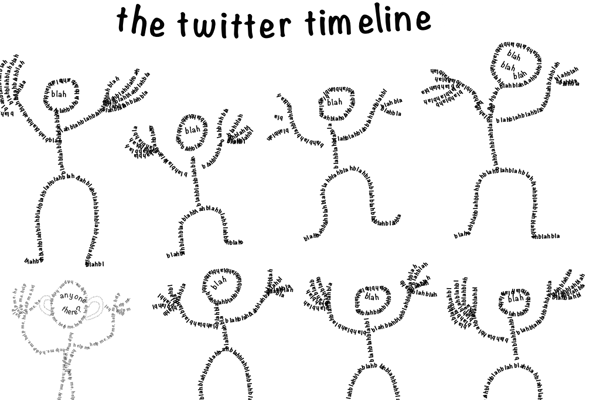

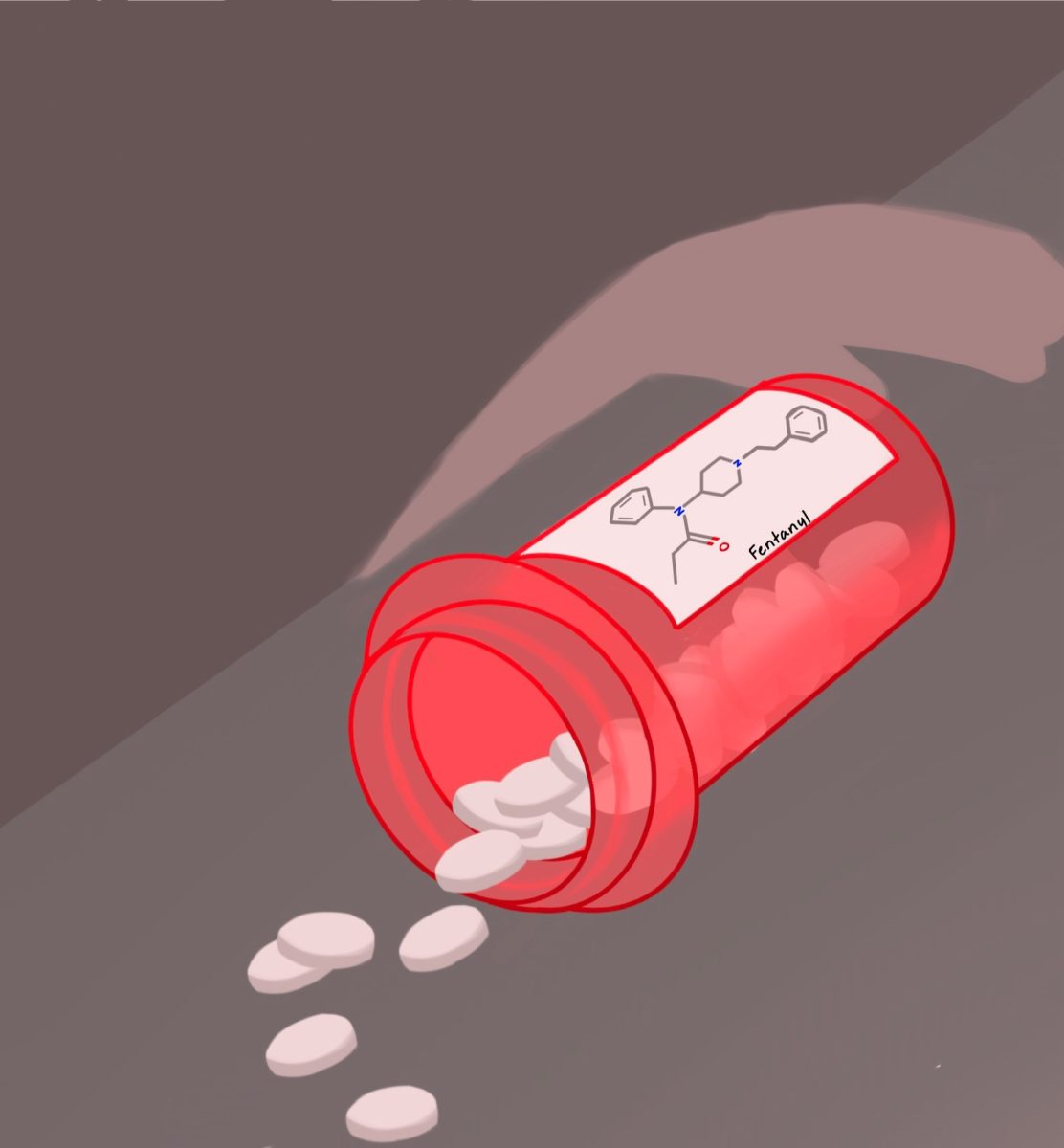

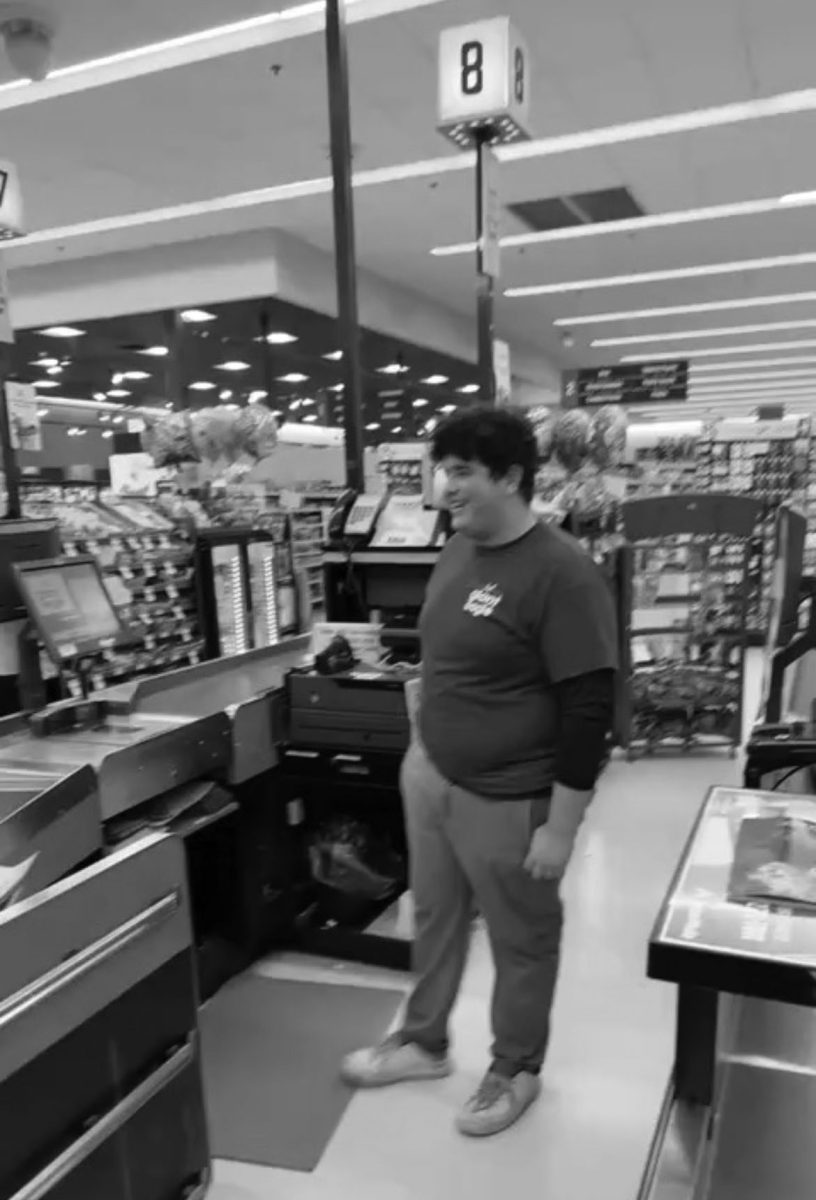


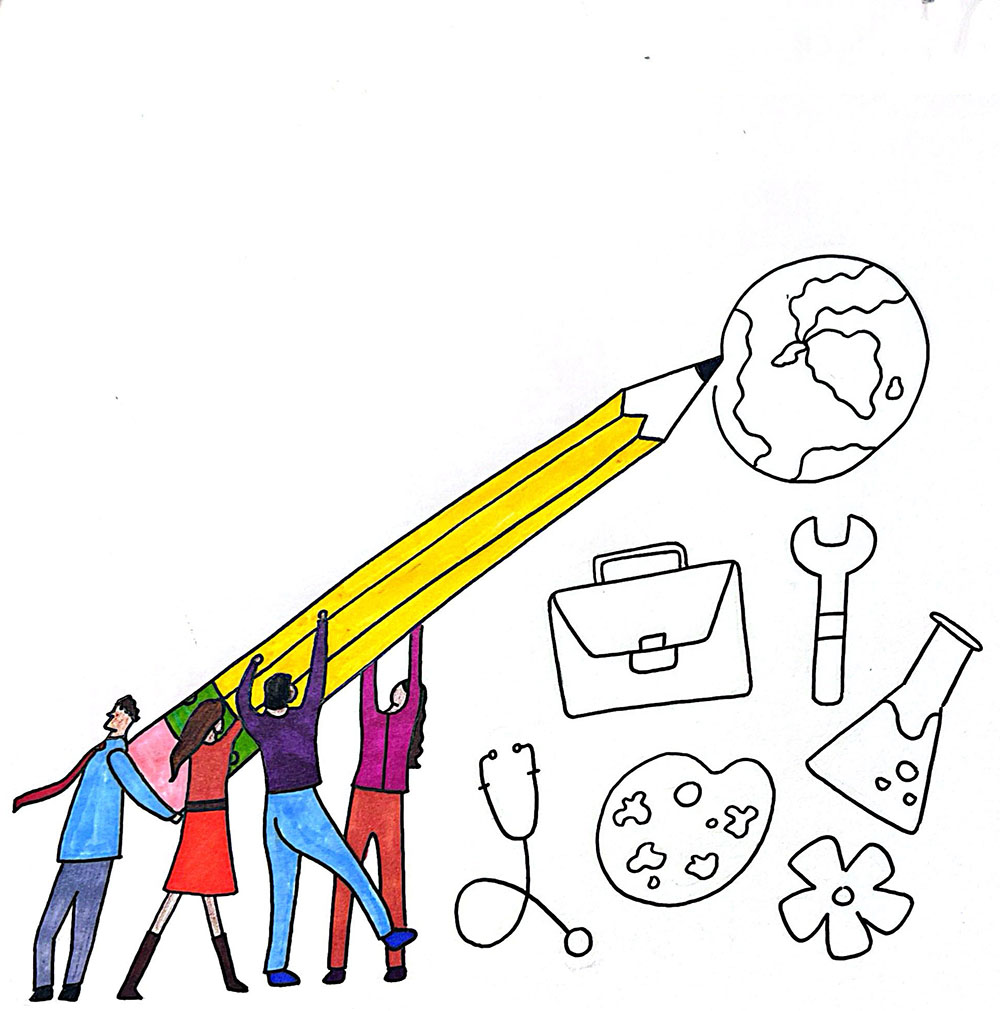
![“My parents have always said that education is important. My parents are Chinese immigrants, I'm Chinese American, [and that's a] value that has always been ingrained in our community,” said Senior Lyndia Zheng, pictured with Tony Zheng](https://bcomber.org/wp-content/uploads/2025/10/DSC_4244.jpg)

